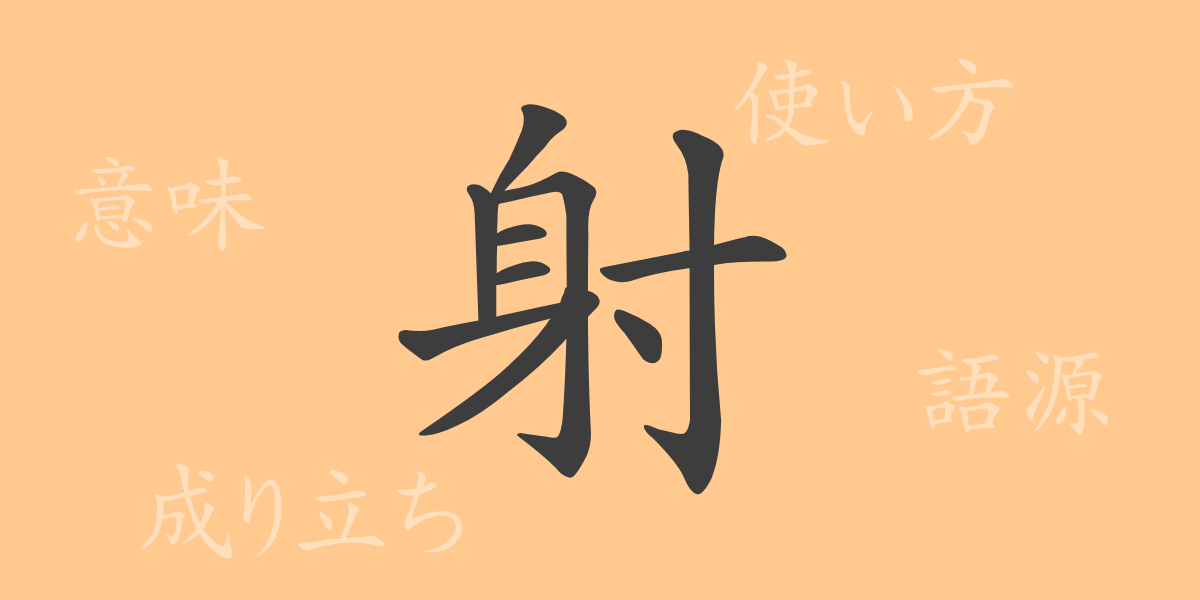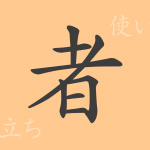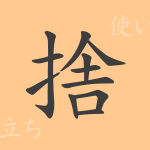The beauty of the Japanese language is reflected in its delicate characters. One of the common kanji, “射(しゃ),” has played a significant role in Japanese life throughout history due to its form and meaning. In this article, we will delve into the origins, meanings, uses, readings, and cultural impact of “射(しゃ).” For those seeking a deeper understanding of Japanese, let’s expand our horizons into the world of kanji together.
Origins of 射(しゃ) (Etymology)
The kanji “射(しゃ)” originated in ancient China, symbolizing the action of aiming and shooting with a bow and arrow. It began as a pictographic character depicting the shape of a bow shooting an arrow. Over time, it evolved into its current form. “射(しゃ)” often signifies actions involving direct force, making it a kanji with a rich cultural background.
Meanings and Uses of 射(しゃ)
“射(しゃ)” primarily means “to shoot an arrow or bullet,” “to shine light,” or “to spout water.” These meanings share a common image of moving something from one point to another. Figuratively, “射(しゃ)” is also used to describe striving towards a goal or making an effort.
Readings, Stroke Count, and Radical of 射(しゃ)
The kanji “射(しゃ)” has multiple readings in Japanese, used according to context.
- Readings: The on’yomi (音読み) is “シャ,” and the kun’yomi (訓読み) are “い.る,” “さ.す,” and “う.つ.”
- Stroke count: The total number of strokes in “射(しゃ)” is 10.
- Radical: The radical is “寸(ぶ),” which is used in kanji related to hand actions.
Idioms, Phrases, and Proverbs Using 射(しゃ)
There are numerous idioms, phrases, and proverbs that include “射(しゃ),” showcasing the richness of Japanese expression. For instance, “射程距離(しゃていきょり)” refers to the range within which something can affect, “一矢を射る(いっしをいる)” means to make a point in a debate, and “射幸心(しゃこうしん)” expresses the hope of winning in gambling or similar contexts.
Conclusion on 射(しゃ)
Each kanji carries its own history and culture, and “射(しゃ)” is no exception. Through this article, we hope to deepen your understanding of “射(しゃ),” its background, and its various uses. The next time you encounter “射(しゃ)” in daily life, remember its diverse meanings and uses, and appreciate the depth of the Japanese language.

























